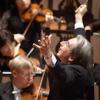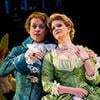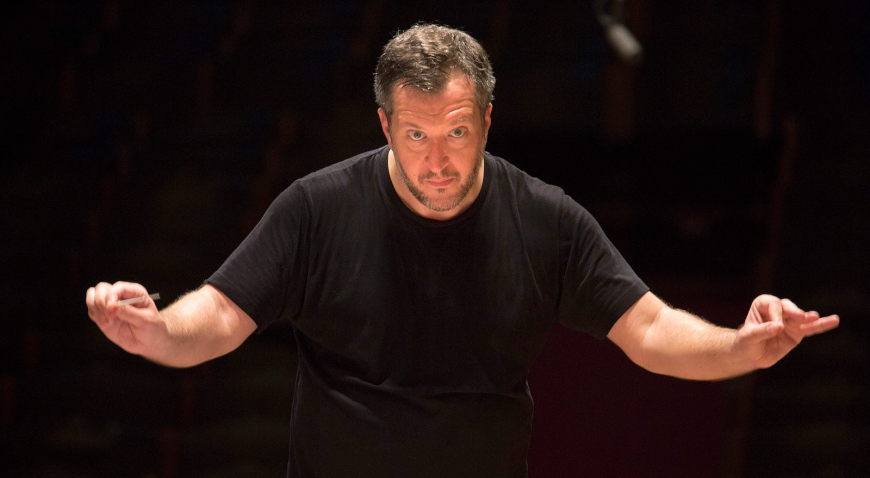
Before COVID-19 sent the world into a tailspin, the Los Angeles Philharmonic’s CEO, Chad Smith, floated the idea of a festival dedicated to Generation X. Finally, on Friday and Saturday a two-concert mini-festival titled “Gen X: Voices of a Generation” took place at Walt Disney Concert Hall. However, defining exactly what the title meant proved more than a bit elusive for its curator — British composer, conductor, and pianist Thomas Adès.
At Friday’s preconcert talk, moderator (and composer) Veronika Krausas posed the essential question to Adès, “What is Generation X?” To which, somewhat sheepishly, Adès responded, “I didn’t know. I had to look it up.” To which Krausas added with a laugh, “So did I.”
“I wasn’t sure if I was a member,” said. Adès. “Neither was I,” echoed Krausas.
When I looked it up, this is what I found. Gen Xers are sandwiched between post World War II “boomers” and 21st-century “millennials” and are sometimes referred to as the “MTV Generation.” They grew up in the time of punk, grunge and Star Wars. They saw the revolutionary leap from analog to digital and immersed themselves in a new form of electronic entertainment called “video games.” Then along came that funny little beige box called a Mac and its twing-twanging modem.
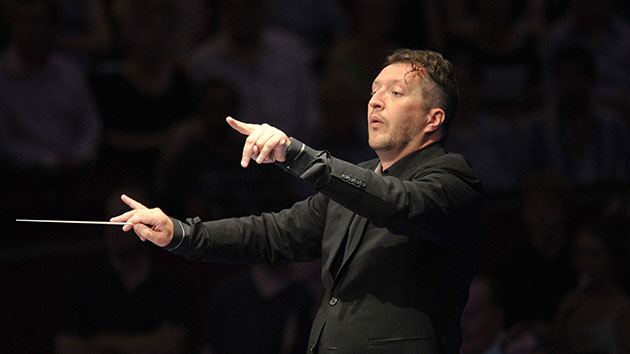
Obviously, a two-night festival could not encompass the musical preferences of a generation, and there’s little evidence that Adès was trying to do that. As he admits in his program notes, “Putting together this mini-festival, I quickly came to feel that if there was one big thing that united creative artists born between 1965–1980, it was that there is no one big thing.”
That being said, Saturday night’s concert, whether it was conceived by Adés or Smith or both captured perfectly the agony and the ecstasy of the Gen X era — from the birth of video games, channel-surfing, and social media, to the deeply ingrained horror of the AIDS epidemic. The concert opened with John Bailey Holland’s ghostly and well-made Stories From Home (2017), composed for the reopening of Cincinnati Symphony Orchestra’s Music Hall.
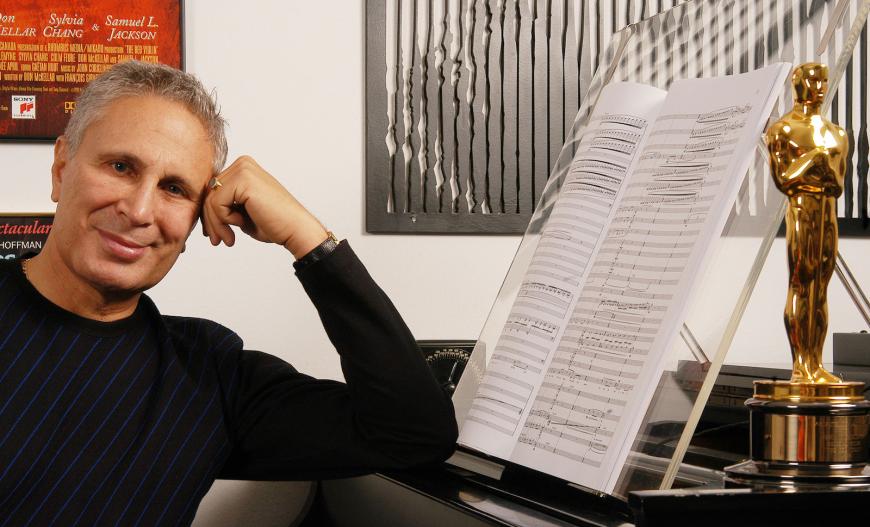
John Corigliano was born in 1938 and was a well-established composer when he was inspired to create his Symphony No. 1, which premiered in 1989. It is a direct response to the terror of infection and the death toll AIDS exacted on some of Corigliano’s closest friends. A landmark of that tragic moment in our history, it is a work infused with righteous anger, wisps of ghostly voices from the beyond, and percussion driven crescendos that take on apocalyptic proportions.
In contrast, Andrew Norman (b. 1979), one of the festival’s true Gen Xers, grew up acting out every character in Star Wars, watching MTV, studying classical music, and playing video games. His awareness of his generation’s shortened attention span is reflected in his large-scale orchestral work Play: Level 1 (2013, rev. 2016), about which Norman has written:
Play explores many different ideas — ideas about choice, chance, free will, and control, about how technology has rewired our brains and changed the ways we express ourselves, about the blurring boundaries of reality in the internet age, the murky grounds where video games and drone warfare meet, for instance, or where cyber-bullying and real-world violence converge … but it also explores the physicality and joy of instrumental playing, as well as the many potential meanings of coordinated human activity — how the display of massed human synchronicity can represent both the communal best and coercive worst of our [species].”
Totally unique and insane in its intensity, Play is proving to be Gen X’s Rite of Spring.
First performed by the LA Philharmonic on Feb. 25, 2016, conducted by Gustavo Dudamel, Play was conducted on Saturday, with an abundance of zip, by millennial conductor Teddy Abrams, who captured perfectly the work’s rapidly shifting musical onslaught.
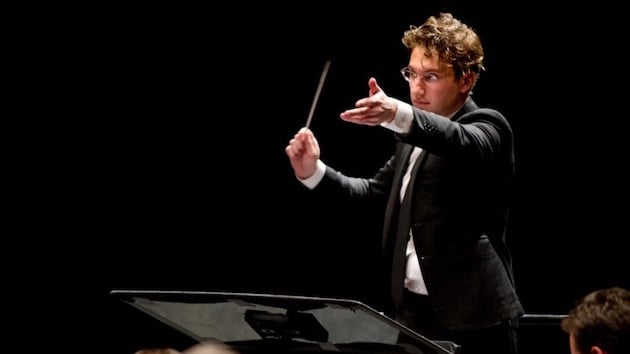
The effect on the listener was like being tossed into a high-speed melodic blender that shifts so rapidly it’s impossible to find stable footing before the ground shifts again and again. But listen deeper and realize that Play is built upon an expertly crafted structure where individual percussion attacks trigger responses from puppet-like strings and the other instrumental sections. “Though this be madness, yet there is method in’t.”
The emotional contrast between Play and John Corigliano’s Symphony No. 1 could not be greater. Corigliano may be decades away from being called a Gen Xer, but his musical version of that moment in history was powerful and influential on Gen Xers. It is a work the LA Philharmonic knows well, having first performed it on Jan. 7, 1993, with David Zinman conducting.
For many of us, COVID is the second pandemic we’ve been forced to live through; the first was AIDS. If you did not endure those horrible years, it’s hard to imagine the fear, the horrific nature of the disease, and the tragic losses it produced, particularly within the arts community.
A great deal has been written about John Corigliano’s angry, mournful “AIDS” symphony, so I will simply observe the impact of its overt anger, wailing siren pitches, and wrath-of-God crescendos; its frantic dance-of-death second movement, “Tarantella”; and the elegiac voices from beyond the grave that haunt the symphony, quotations performed by an offstage pianist. Saturday’s performance, led by Abrams, pulled out all the emotional stops.
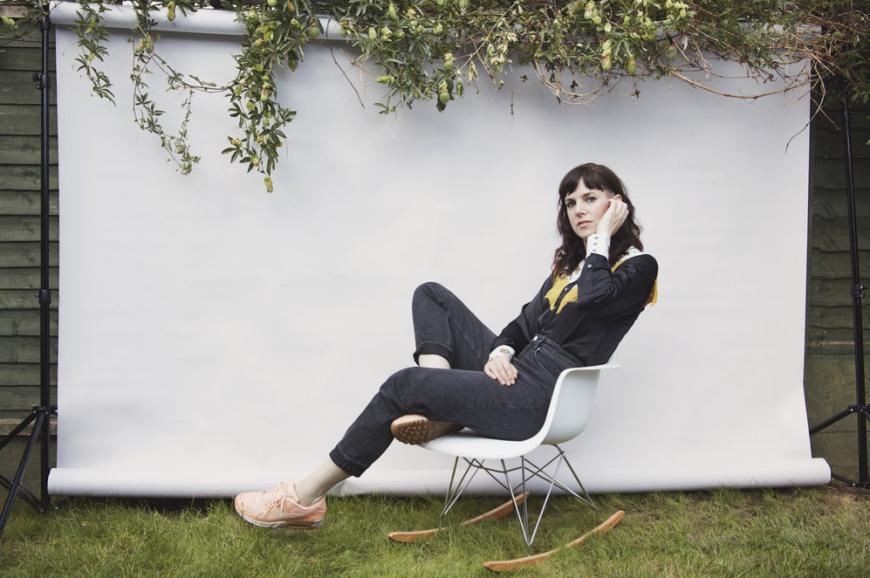
For the Friday concert, Adès assembled a diverse group of composers. As conductor and piano soloist, Adès began the program with Nautilus (2011) by Scottish composer, Anna Meredith (b. 1978). The six-minute piece started out as kind of a synthpop banger on the composer’s 2012 EP Black Prince Fury and has since been reincarnated in a number of places. As Andrew Dickson’s 2019 profile in The New York Times shows, she’s a composer who keeps moving and trying new things. A lot of listeners hear Nautilus as a musicalization of anxiety. But in its full orchestra clothing (from 2021), its bright pair of repeated fanfares from a fusillade of brass finally punctuated by thudding cross-rhythms in the drums, stood as the only work that referenced the influence of minimalist composers like Steve Reich.
Looking even further back in time, Brazilian composer Felipe Lara (b. 1979) rooted Brutal Mirrors (2018) in what might be called retro-modernism. He built the piece on spare, abstract clustering of timbral layers, accented by John Cage-like instrumentation, including popping balloons and dog training clickers.
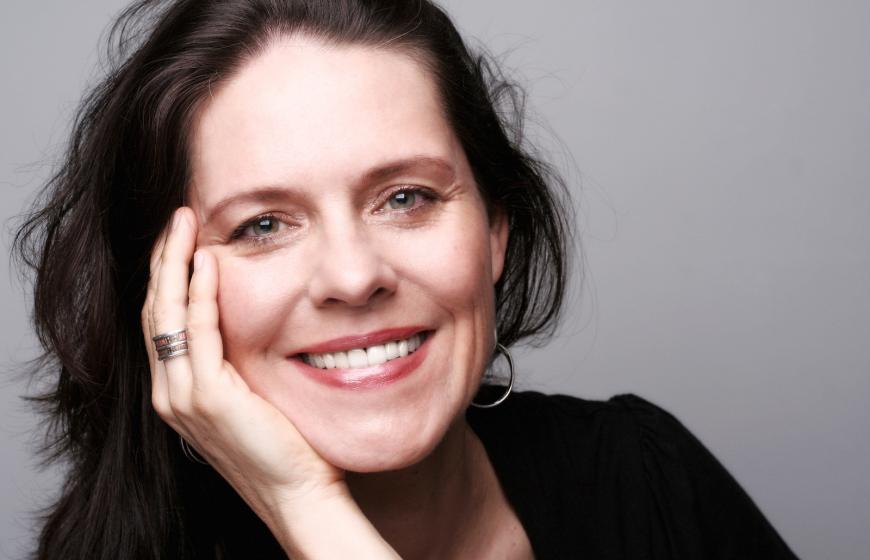
Canadian Veronika Krausas (b. 1963) has a lot to say in her distinctly personal orchestral voice. Her 12-minute composition, Caryatids (2020), is inspired by the followers of Artemis in Greek legend and their architectural counterpoints. The work is filled with varying colors and brief sections based on baroque dance forms. It’s a piece that draws you in, but I felt, leaves you wanting more.
Flamenco influences abound in Spanish composer Francisco Coll’s (b. 1985) Four Iberian Miniatures (2014) for violin and orchestra. The work, featuring the light-fingered styling of Finnish violinist, Pekka Kuusisto, is infused with the flavors of Andalusia, expanding freely on traditional forms like the pasodoble and habanera.
Kuusisto returned to the stage for the final work, the U.S. premiere of Adès’s Märchentänze (Dances from fairytales, 2020), originally for piano and violin, here in its orchestral arrangement. It was impossible to hear this piece inspired by the English folk-dance tunes of Adès’s youth, without at the same time hearing echo after echo of Ralph Vaughan Williams’s English Folk Song Suite. The work’s third movement, “A Skylark,” Adès said, was inspired by the tuneful downward swoop of the males at mating time. As an homage, he might have titled it, “The Lark Descending.”




